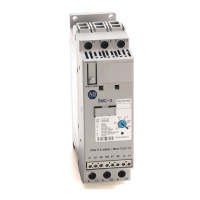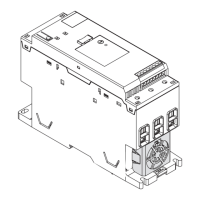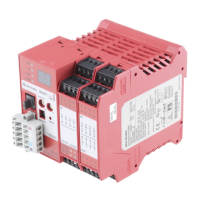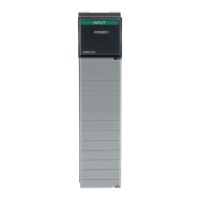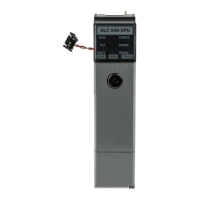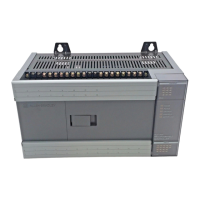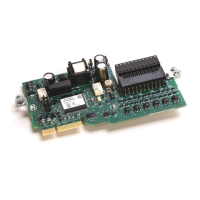166 Rockwell Automation Publication 1560F-UM001A-EN-P - June 2019
Chapter 9 Troubleshooting
Voltage Feedback Circuit
Tests
The most straightforward means of checking the feedback circuits is to perform
the “snubber and resistor testing” procedure, found on page 184
. Another
possible test involves measuring the feedback voltages at the interface board (see
Figure 37 on page 76
). This can only be done with line voltage applied. If the
motor does not start, it may be necessary to temporarily modify the control
circuit to close the line contactor without applying a start signal to the SMC-50
module. In this case, the three line voltages (Line A, Line B, Line C) measured
with respect to ground should be approximately 1 volt rms. It is important that
the level in each phase is the same as the other phases, within ± 1%.
If any voltage is well outside this range, there may be a problem either with the
system voltage, or with the voltage sensing board. Note that the load side voltages
(Load A, Load B, Load C) will be very low, since the SCRs are not turned on, and
only a low leakage current flows to the motor.
If the motor will start and run, the line and load voltages should be the same
when the bypass contactor is closed.
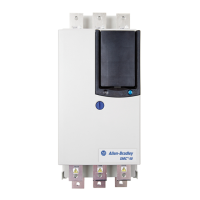
